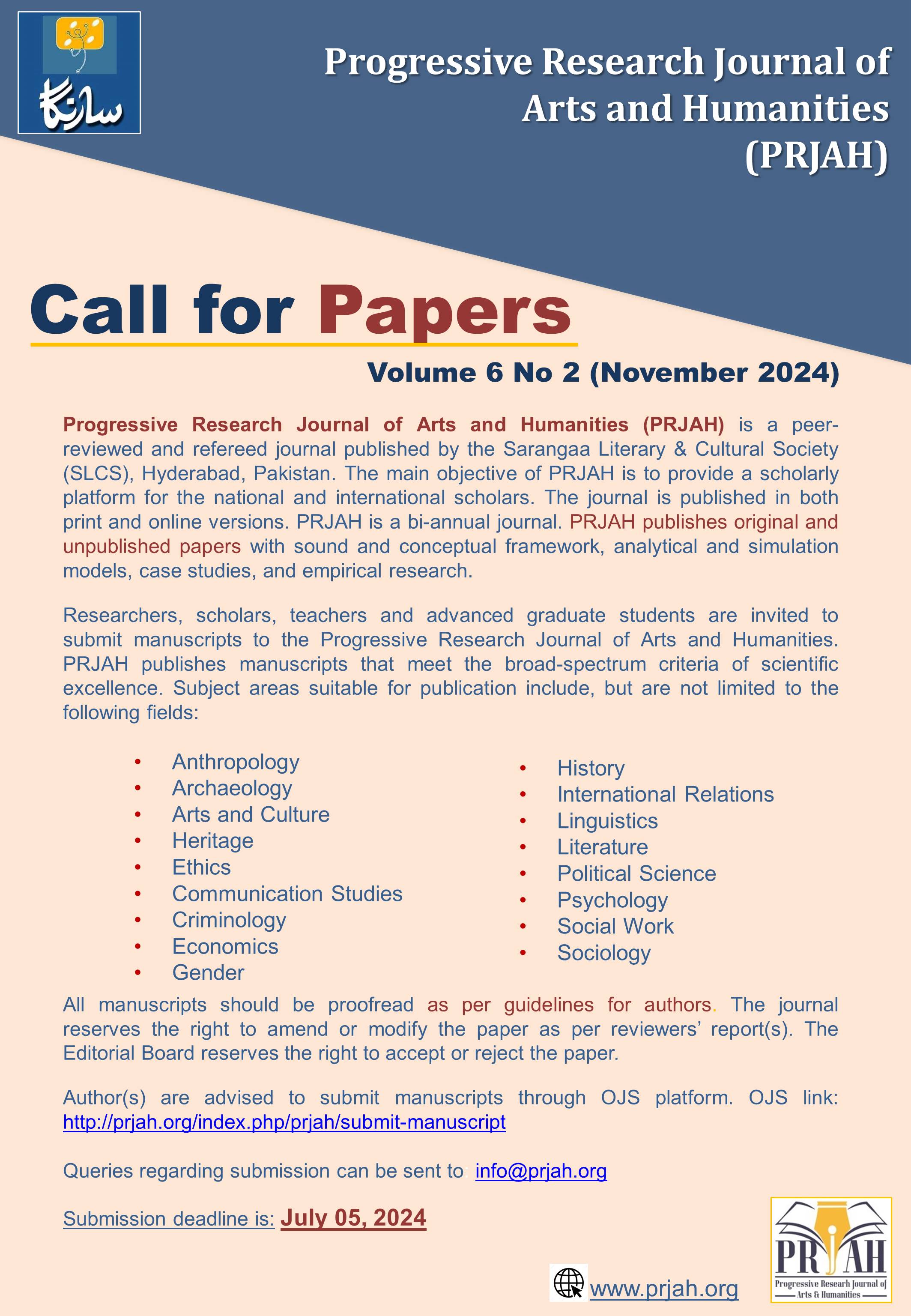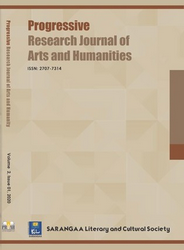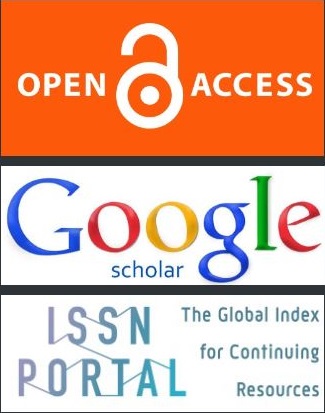The Discourses Analysis of the Arab Conquest of Sindh
DOI:
https://doi.org/10.51872/prjah.vol5.Iss1.229Keywords:
History of Medieval India, Political Islam, History of Sindh, Sindhi Nationalism, Sindhi DalitsAbstract
The fall of Sindh in 712 is described as a great conquest in the textbooks of Pakistan. For Pakistani state, Mohammad Bin Qasim is a national hero who made Sindh, the Bab-ul-Islam (the door of Islam). However, for the Sindhi nationalists Muhammad Bin Qasim was an invader and Raja Dahir is a national hero of Sindh, who fought and sacrificed his life to defend his motherland. In Sindh a new discourse is emerging as well which claims to fight for the rights of the Dalit community in Sindh. The claimants of Dalit discourse, say not only Mohammad Bin Qasim was usurper and foreign invader but also Brahmin Hindu, Raja Dahir was a son of a usurper, Chach who had dethroned the Dalit ruler of Sindh, Rai Sahasi II by conspiracy and deceit. In this paper an attempt is made to explore how a single historical event, the conquest of Sindh in 712, is used to construct three different discourses and corresponding three identities the Pakistani, Sindhi and Dalit. It is interesting to observe how history casts its shadow on the present, while present tries to construct the ‘reality’ in the past. The basic purpose of this research would be to understand the politics behind three contrasting discourses rather than proving the superiority or veracity of one discourse over the others.
Downloads
Published
How to Cite
Issue
Section
License
Copyright (c) 2023 Progressive Research Journal of Arts & Humanities (PRJAH)

This work is licensed under a Creative Commons Attribution 4.0 International License.






